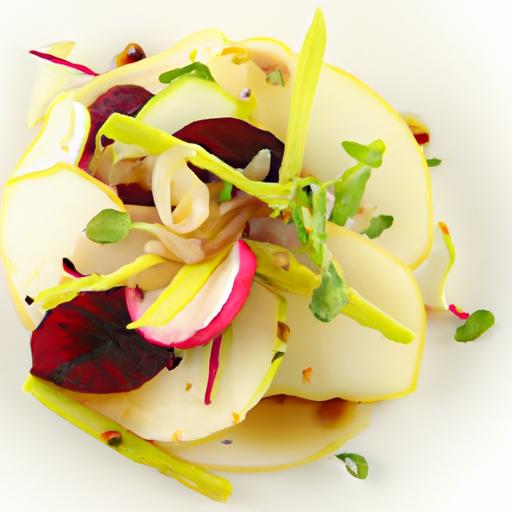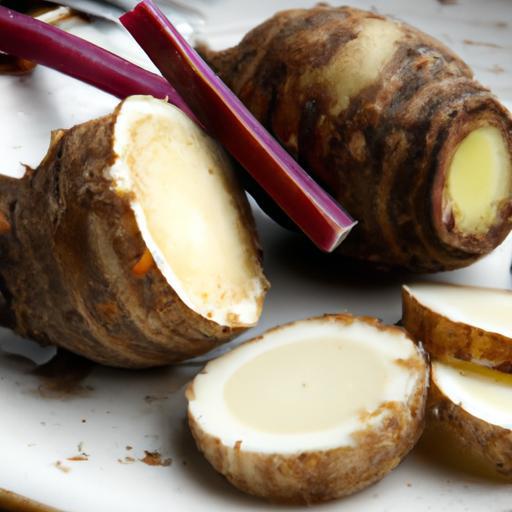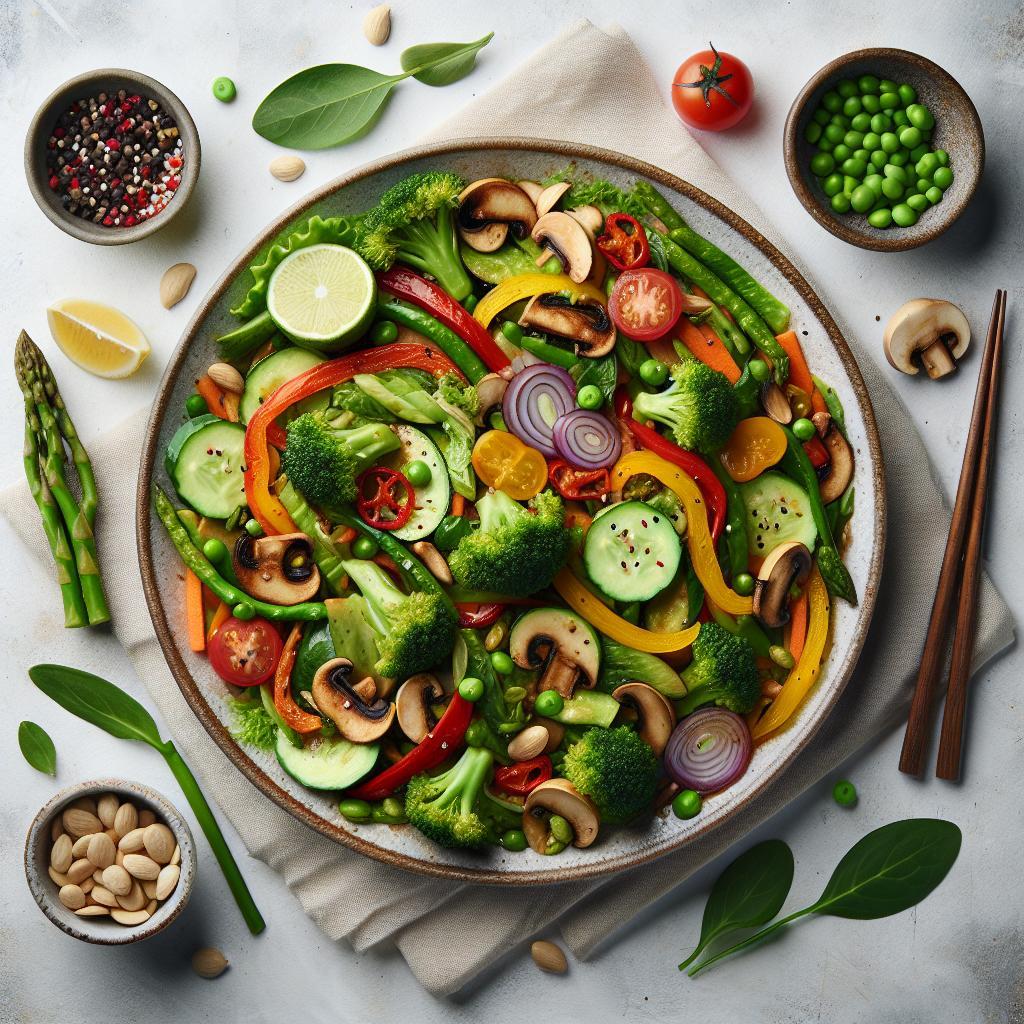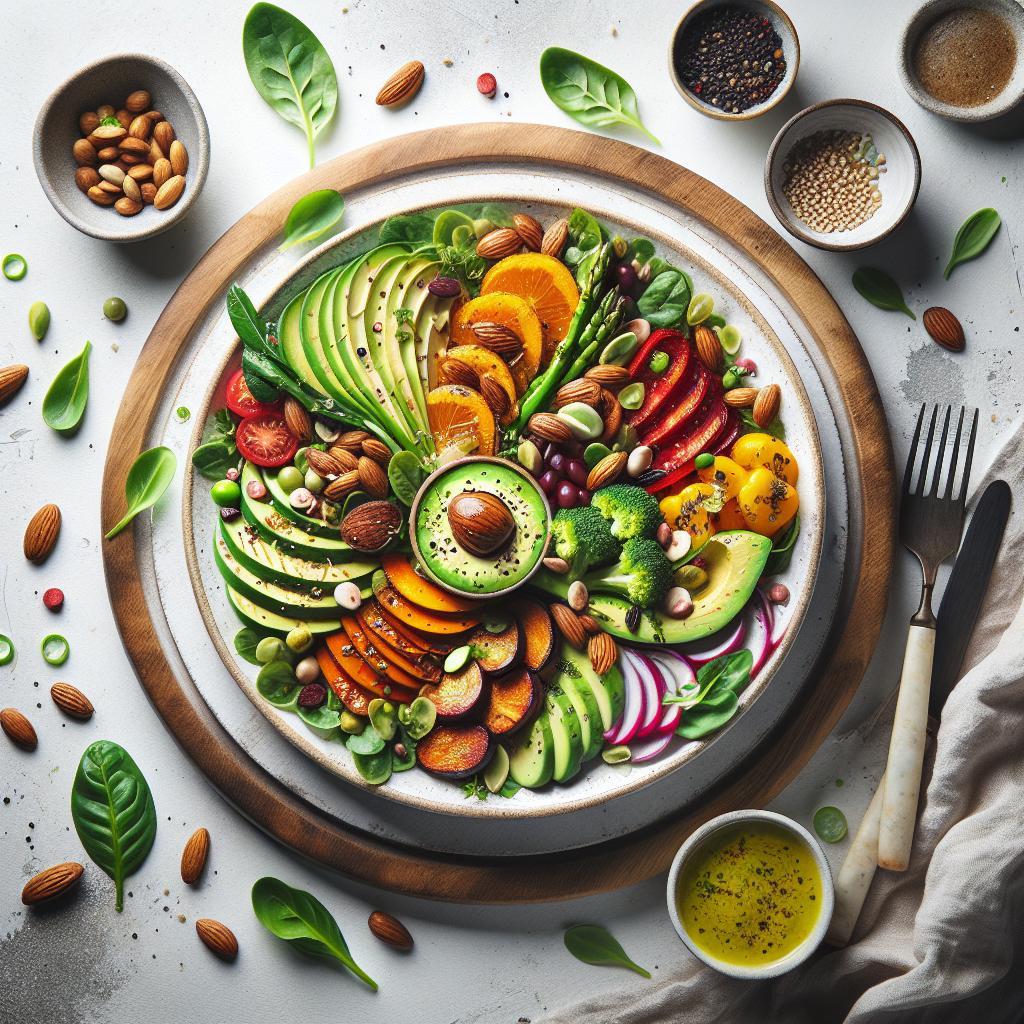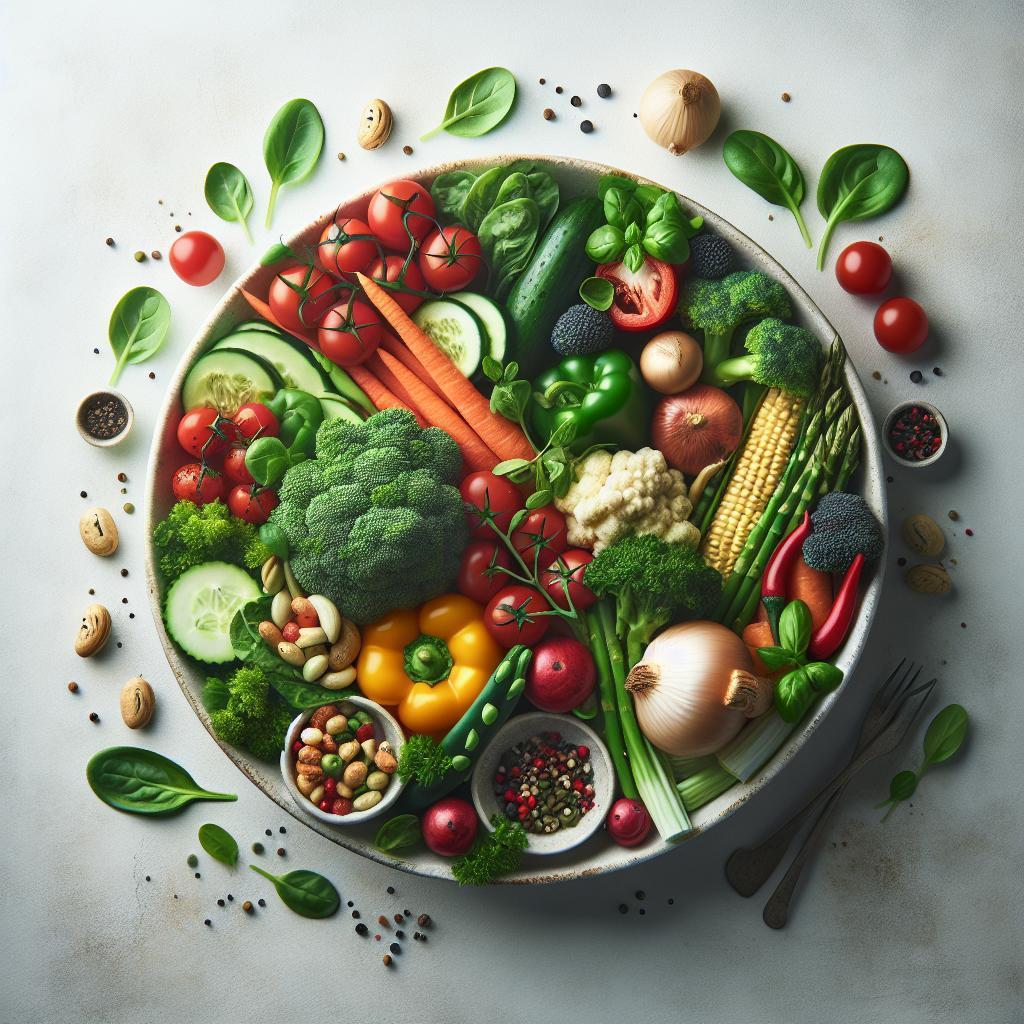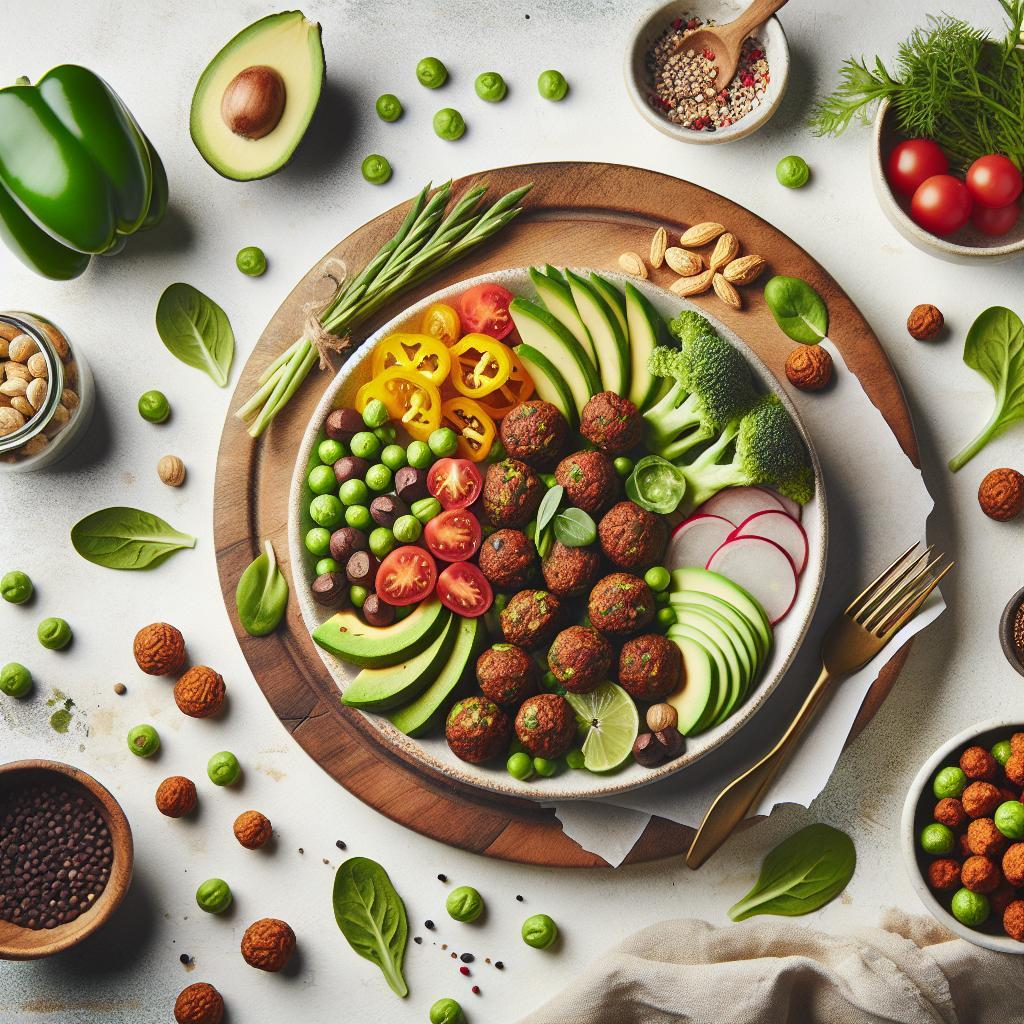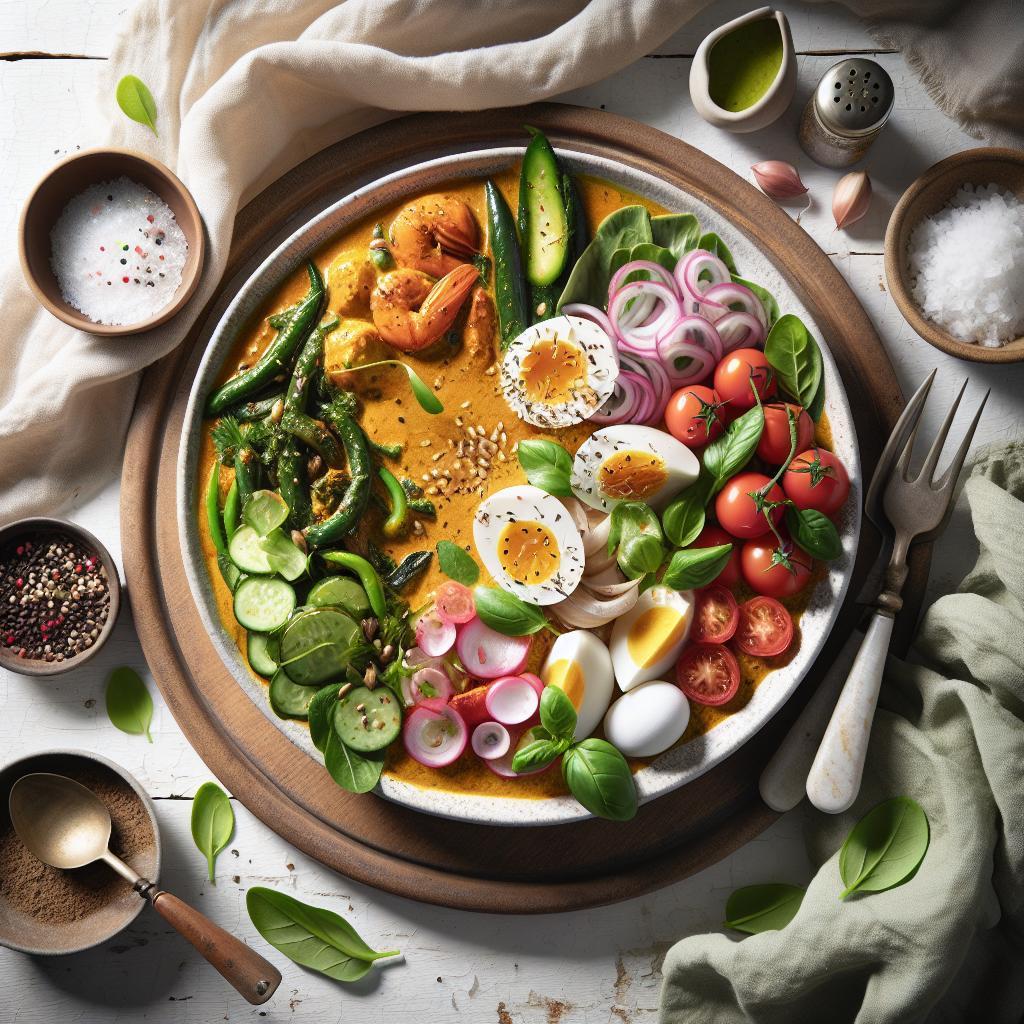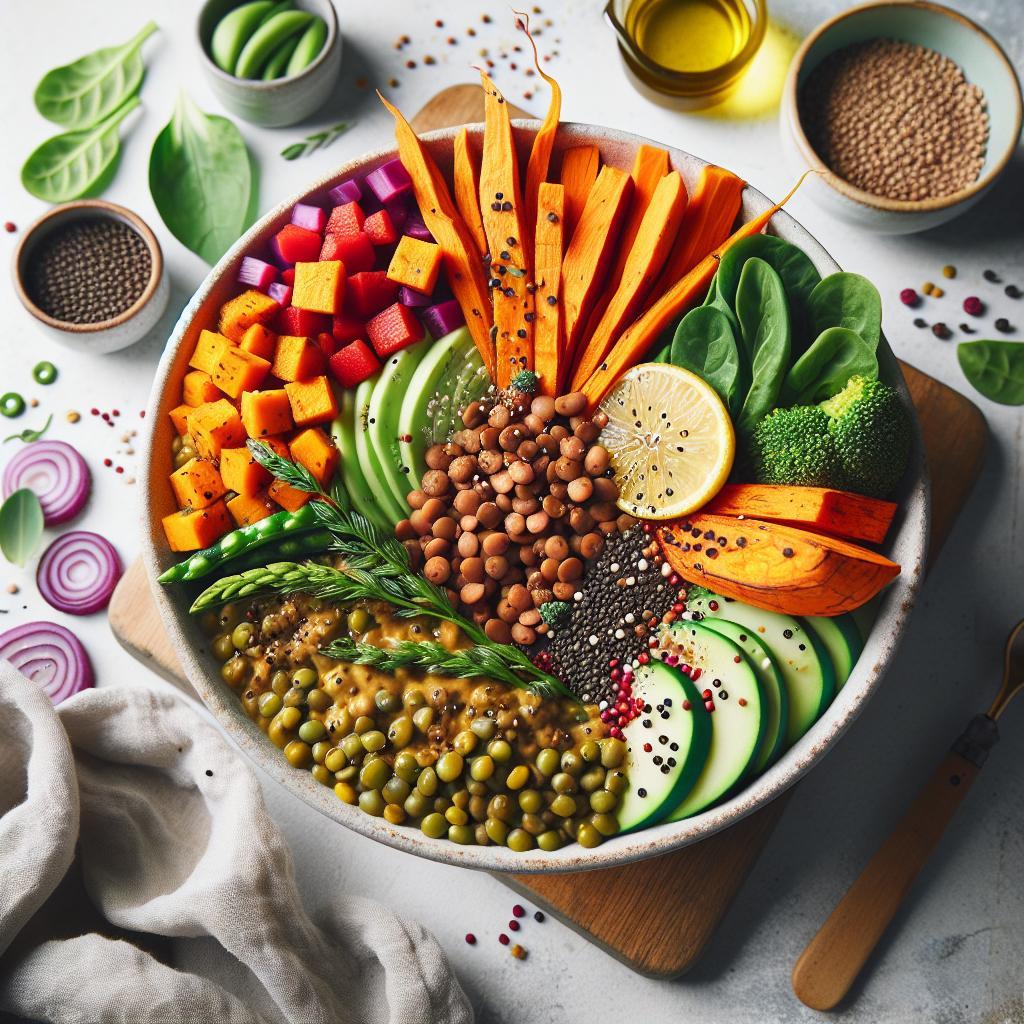Beneath the frosty embrace of winter gardens and the crisp whispers of autumn air, two humble root vegetables await their moment in the spotlight: turnips and rutabagas. Often overshadowed by flashier produce, these earthy tubers harbor a world of flavor and nutrition just beneath their rugged skins. Welcome to Root Revival, where tradition meets innovation, and age-old ingredients are reimagined through vibrant, creative cooking techniques. Whether roasted to caramelized perfection, transformed into silky purees, or sprinkled with unexpected spices, turnips and rutabagas offer endless culinary possibilities waiting to elevate your kitchen repertoire. Join us as we dig beneath the surface to uncover fresh, inventive ways to celebrate these versatile roots in your next meal.
Root Revival: Creative Ways to Cook Turnips & Rutabagas invites you to rediscover the vibrant versatility of these often overlooked root vegetables. Known for their earthy sweetness and subtle peppery undertones, turnips and rutabagas offer a delightful canvas for innovative cooking techniques that coax out their natural flavors while enhancing texture and depth. Imagine these humble roots transformed-caramelized to a golden crisp, blended into velvety purées, or roasted alongside aromatic herbs-each bite showcasing a harmonious balance that elevates every dish.
Prep and Cook Time
- Preparation: 15 minutes
- Cooking: 30 minutes
- Total time: 45 minutes
Yield
Serves 4 generous portions
Difficulty Level
Medium – Perfect for home cooks eager to experiment with root vegetables beyond the basics
Ingredients
- 2 cups peeled and diced turnips (about 2 medium-sized)
- 2 cups peeled and diced rutabagas (about 1 large)
- 3 tbsp olive oil, divided
- 1 tsp fresh thyme leaves, finely chopped
- 2 cloves garlic, minced
- 1/2 tsp smoked paprika
- 1/4 cup dry white wine (optional, enhances complexity)
- Salt and freshly ground black pepper, to taste
- 1 tbsp unsalted butter (optional, for finishing)
- Fresh parsley for garnish
Instructions
- Preheat the oven to 425°F (220°C). This high heat will help develop a beautifully caramelized crust on your roots.
- Toss the diced turnips and rutabagas in 2 tbsp of olive oil, fresh thyme, smoked paprika, garlic, salt, and pepper. Make sure each piece is well coated to maximize flavor infusion.
- Arrange the vegetables in a single layer on a heavy-duty baking sheet, ensuring there’s space between each piece to avoid steaming.
- Roast in the oven for 25 minutes, flipping halfway through to achieve even browning. The edges should become golden and crisp while the centers soften.
- In a small skillet, heat the remaining olive oil over medium heat. Deglaze with white wine, simmering until reduced by half, then remove from heat.
- Once roasted, transfer the turnips and rutabagas to a bowl, toss with the white wine reduction and a pat of butter for a luscious finish.
- Garnish with fresh parsley before serving, adding a pop of green and a fresh aroma that balances the earthiness.
Tips for Success
- Choose firm, unblemished turnips and rutabagas for the best texture and flavor.
- For a spicier twist, add a pinch of cayenne or crushed red pepper flakes during seasoning.
- If you want softer roots, parboil for 5 minutes before roasting-this ensures tenderness without sacrificing crispness.
- Make extra and refrigerate leftovers; they reheat beautifully and make an incredible addition to grain bowls or salads.
- Substitute white wine with apple cider vinegar or vegetable broth for a non-alcoholic alternative that still enhances depth.
Serving Suggestions
Serve your turnip and rutabaga roast as a vibrant side alongside herb-crusted lamb or pan-seared chicken breasts. For a plant-forward meal, layer them over a creamy bed of whipped cauliflower or alongside sautéed kale and toasted hazelnuts. Garnish with a sprinkle of toasted pumpkin seeds or shaved Parmesan for added texture and umami. This dish also shines when plated in rustic bowls, highlighting the golden hues with a final drizzle of high-quality extra virgin olive oil and fresh herb sprigs for an eye-catching presentation.

| Nutrient | Amount per Serving |
|---|---|
| Calories | 150 kcal |
| Protein | 3 g |
| Carbohydrates | 22 g |
| Fat | 7 g |
For more inspiration, check our guide on roasting root vegetables and visit the FarmEditions Root Vegetable Resource for expert insights on selecting and storing fresh roots.
Q&A
Q&A: Root Revival – Creative Ways to Cook Turnips & Rutabagas
Q1: Why should I give turnips and rutabagas a try in my cooking?
A1: These humble root veggies are nutritional powerhouses packed with fiber, vitamins, and antioxidants. Beyond health, their subtle sweetness and earthy undertones add depth and versatility to your dishes, making them perfect for creative culinary adventures.
Q2: How do turnips and rutabagas differ in flavor and texture?
A2: Turnips tend to be slightly peppery with a crisp texture when raw, mellowing to a tender, sweet bite when cooked. Rutabagas are larger, with a dense, creamy flesh and a mild, buttery sweetness-think of them as sweeter, heartier cousins to turnips.
Q3: What are some innovative ways to prepare turnips?
A3: Try spiralizing turnips for a low-carb noodle alternative, roasting cubes with a drizzle of maple syrup and thyme for caramelized goodness, or blending cooked turnips into creamy soups with hints of ginger and coconut milk for a silky, comforting twist.
Q4: How can rutabagas shine beyond traditional mashing?
A4: Rutabagas shine when roasted with spices like smoked paprika and cumin for a aromatic side, transformed into crispy fritters with fresh herbs and feta cheese, or thinly shaved raw into salads, adding a sweet crunch and vibrant color.
Q5: Are there any tips for balancing the earthy flavors of these roots?
A5: Absolutely! Bright acids like lemon juice or apple cider vinegar bring out their natural sweetness. Complementing them with savory elements like garlic, rosemary, or aged cheeses creates harmonious layers. A touch of sweetness-honey or maple syrup-can also enhance their mellow earthiness.
Q6: Can turnips and rutabagas be used in desserts?
A6: Definitely! Their innate sweetness and creamy textures lend themselves well to desserts. Consider incorporating rutabaga into spiced cakes or turnip into custards and puddings. Roasted and pureed roots can add moisture and depth to baked goods, offering a surprising twist on traditional sweets.
Q7: What cooking methods preserve the best nutritional value?
A7: Steaming and roasting are fantastic for retaining nutrients while amplifying flavor. Avoid overboiling, which can leach vitamins into the water. Lightly sautéing with healthy fats preserves vitamins and adds richness – a win-win.
Q8: Any creative pairings to elevate these roots?
A8: Pair turnips with fresh herbs like mint or parsley to awaken their brightness. Rutabagas harmonize beautifully with smoky bacon or tangy goat cheese. Both root veggies work well alongside earthy mushrooms, sweet apples, and robust grains like farro or barley for balanced, satisfying meals.
Q9: Can kids enjoy dishes made with turnips and rutabagas?
A9: Absolutely! Their naturally sweet flavors can win over picky palates when presented creatively. Think crispy rutabaga fries, mashed turnips with a buttery twist, or colorful root vegetable purees mixed into familiar favorites like mac and cheese.
Q10: Where can I find the best turnips and rutabagas?
A10: Farmers markets and local produce stands during fall and winter are goldmines for fresh, flavorful roots. Look for firm, smooth-skinned specimens without blemishes. Organic options often taste sweeter and fresher, making your root revival even more delightful.
Embrace turnips and rutabagas as the underrated stars of your kitchen, and watch these roots transform traditional cooking into a vibrant celebration of flavor and nourishment!
Future Outlook
As we’ve unearthed the humble roots of turnips and rutabagas, it’s clear these vibrant vegetables deserve a spot at your table beyond the usual stews and roasts. From zesty pickles to creamy purées, from crispy chips to hearty gratins, the possibilities are as rich and varied as the earth they grow in. So next time you find yourself wandering the produce aisle, don’t overlook these underground gems-they’re ready to surprise your palate and revitalize your meals. Embrace the root revival, and let your kitchen become a playground of creativity, where turnips and rutabagas transform from overlooked staples into stars of your culinary story.